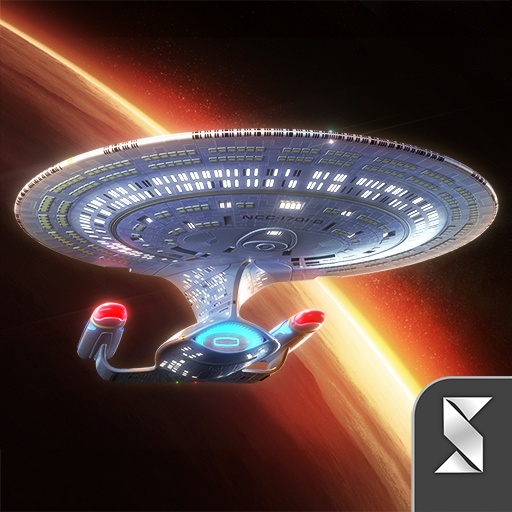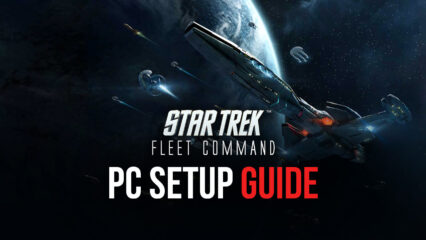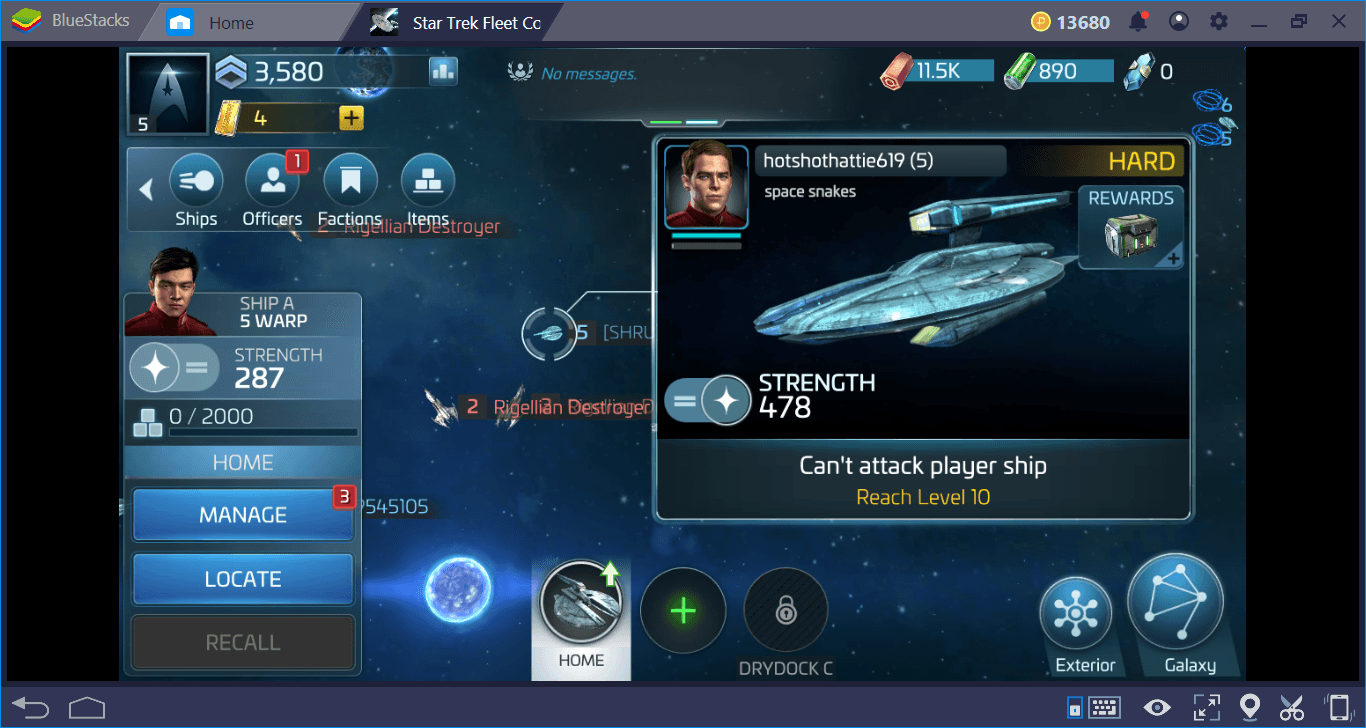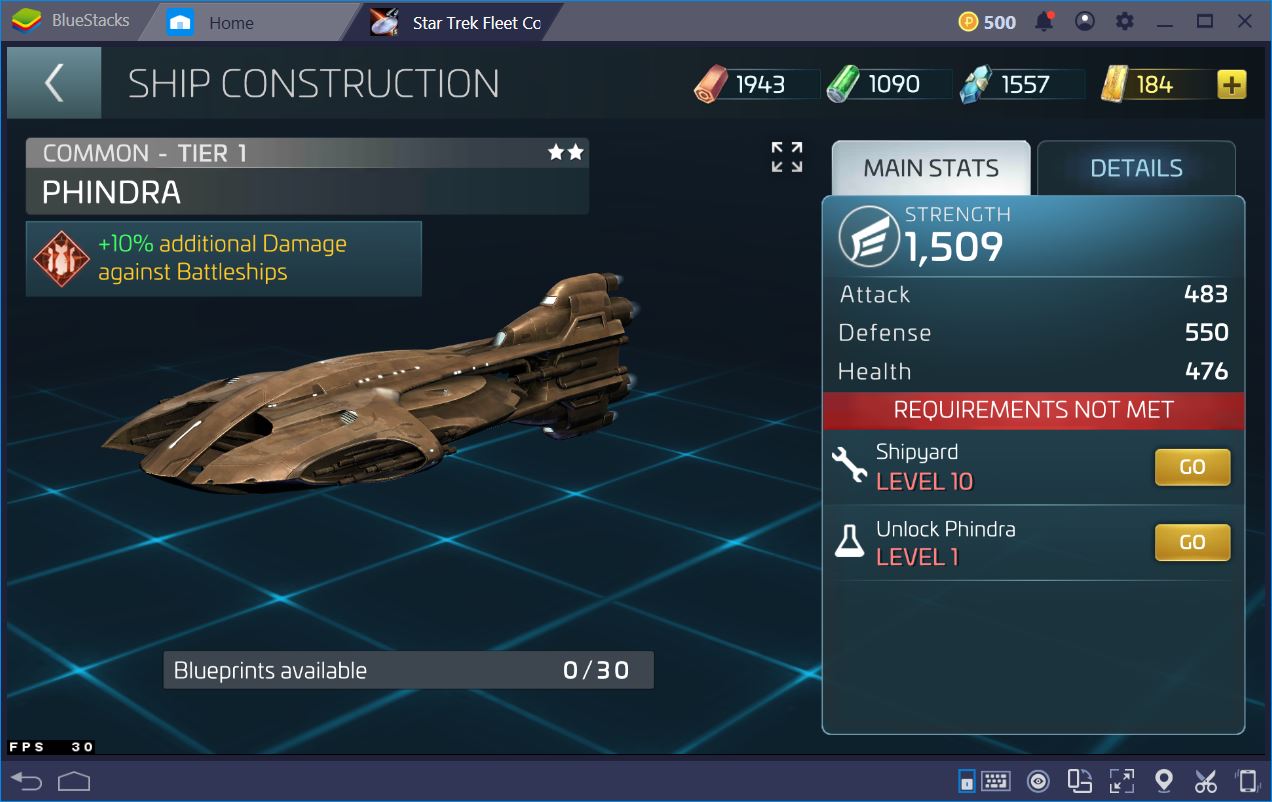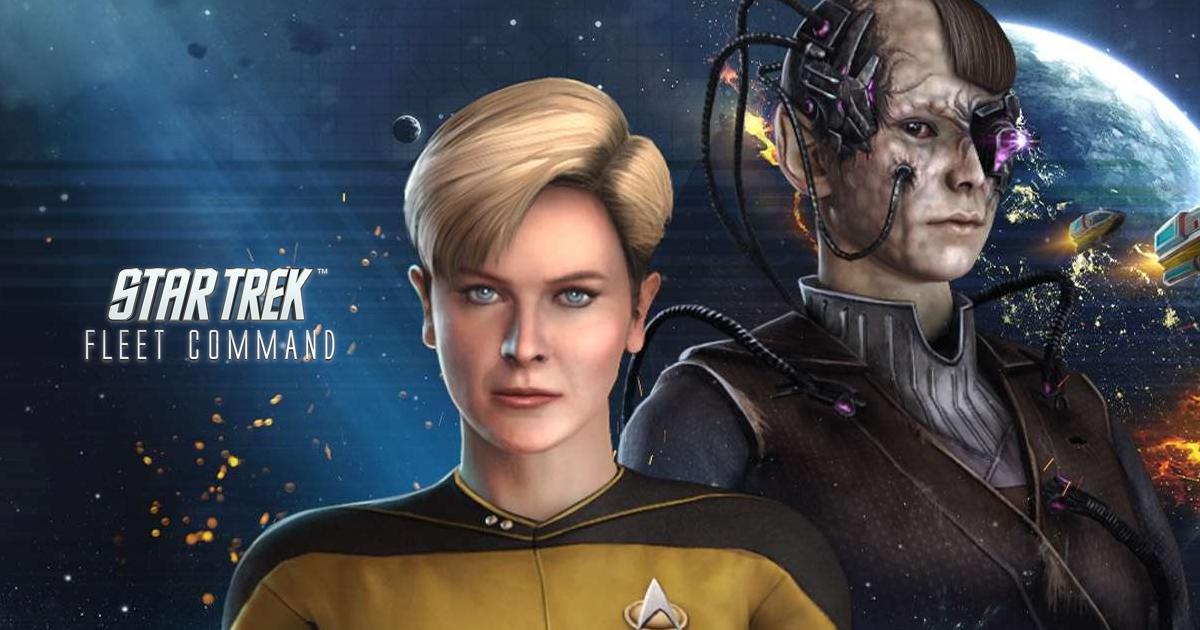Star Trek Fleet Command on PC: Must Know Tips for Beginners
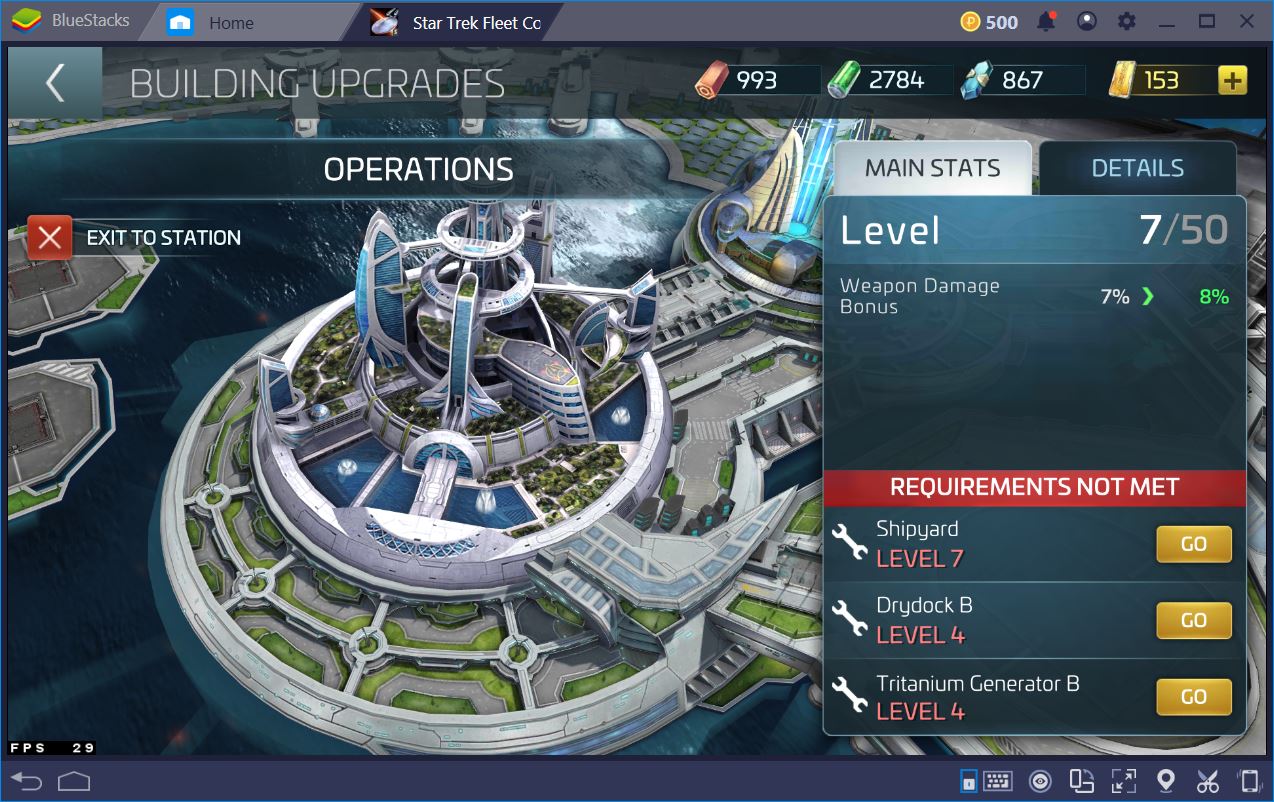
At one point or another, any Star Trek fan wished they had a chance to step into the shoes of Commander Sisko for a day and lead their very own space station. The mobile game Star Trek Fleet Command achieves just this by putting you in charge in ways you didn’t even imagine were possible.
In our initial review, we revealed a bit of the complexity of this mobile game. We even mentioned some of the most important things you need to do as soon as you enter the Star Trek universe. Now, we’re about to expand on this list to include noteworthy things you ought to keep track of when playing STFC, including where to first locate your base, what to do to upgrade your ships faster, as well as how to get an abundance of resources as a new player.
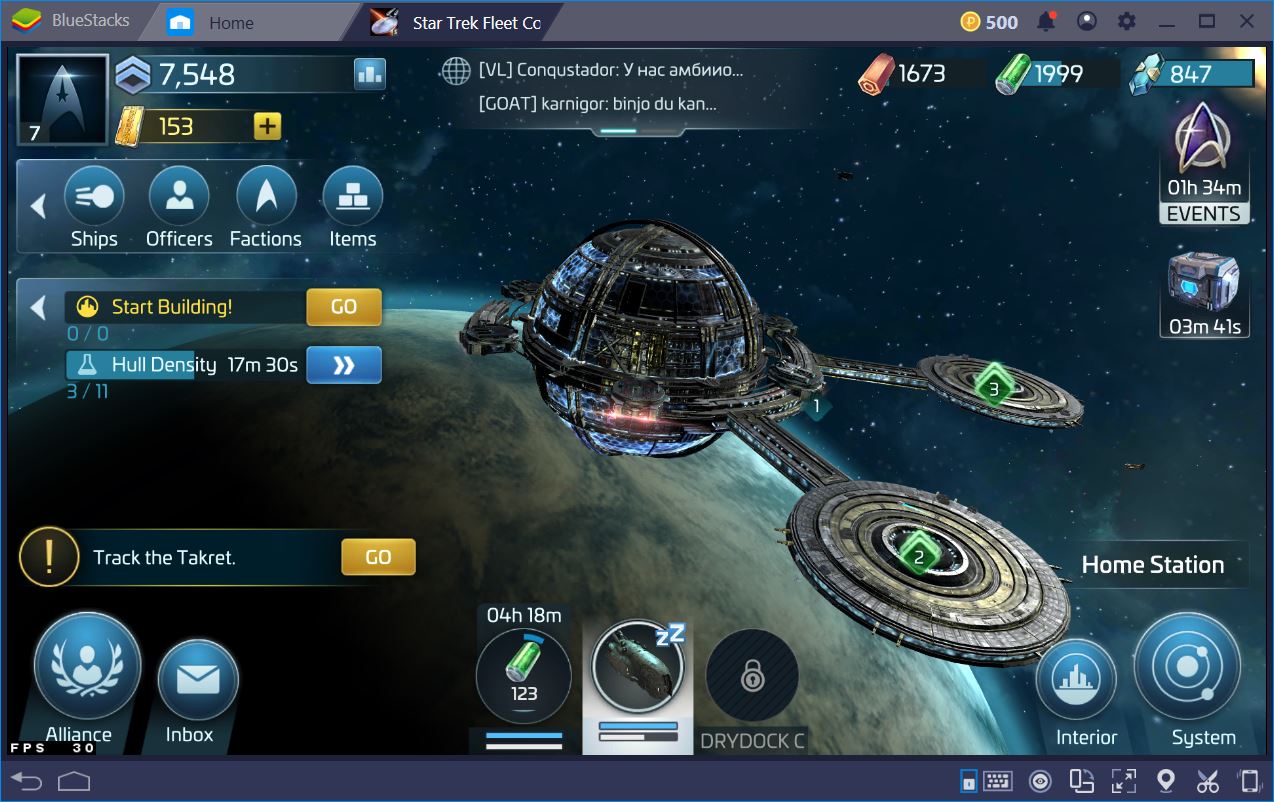
How to Not Fall Behind
Everyone likes to jump the gun when they’re doing something they like. This is no less the case when playing an amazing MMORTS like Scopely’s Star Trek. Perhaps the no. 1 piece of advice that every beginner should follow is to not rush to level. What does this mean?
Unlike with most games, your in-game level is determined by your advancement possibilities. If your Operations are level 7, then that’s where you’re at. The reasoning behind this mechanism is quite simple and straightforward: this is the building that determines your stations’ capabilities, the strength of your ships, as well as the development of your command centre.

Everything is influenced by your level. When you hit 15, you’re automatically flagged as open to PvP. This means that both your ships and your station are vulnerable to enemy player’s attacks and raids. As we shall see, this can be both a good and a bad thing, depending on what you’ve done until this point in the game. Needless to say that you should hold off on upgrading your Operations to 15 until you’ve managed to clear all the research stages that you can.
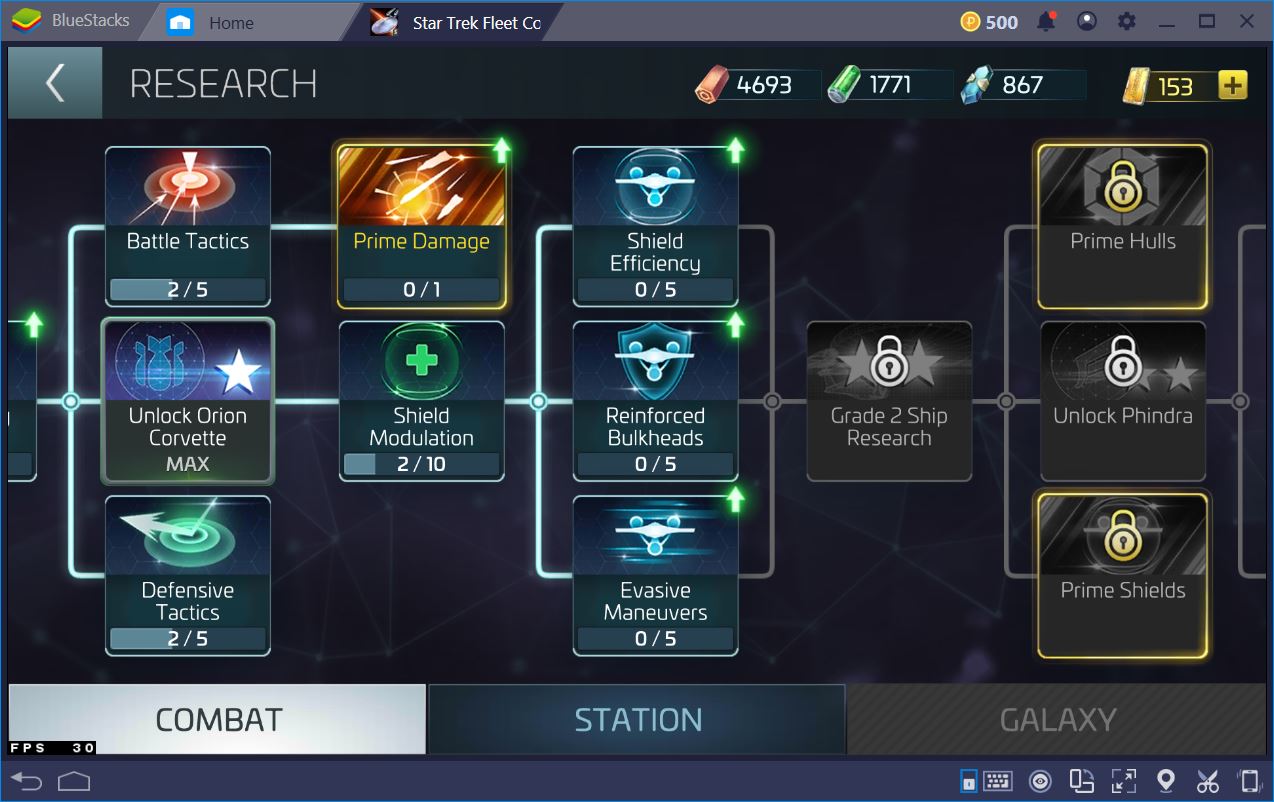
If you find that everything is taking a bit too much time to complete, don’t forget to request the help of your alliance members. While you’re doing this, you should also check if the members in your alliance are active. The coalitions that are usually recommended by the game when you hit level 3 are not necessarily filled with people who are playing, so the best way to find a group that will actually help you progress is to use the chat and ask around.
Missions and Repeat Missions
Next up, the missions are the way you’ll likely make the most amount of resources in the least amount of time as a beginner. Completing the main quest line should be your priority. However, when you find you’ve reached a dead end because you have to wait for multiple constructions/research queues, you need to move on to side missions. You can find these in certain systems, such as those that are levels 3, 5, 6, and higher. All it takes is to find one of them featuring a planet with a yellow exclamation mark.
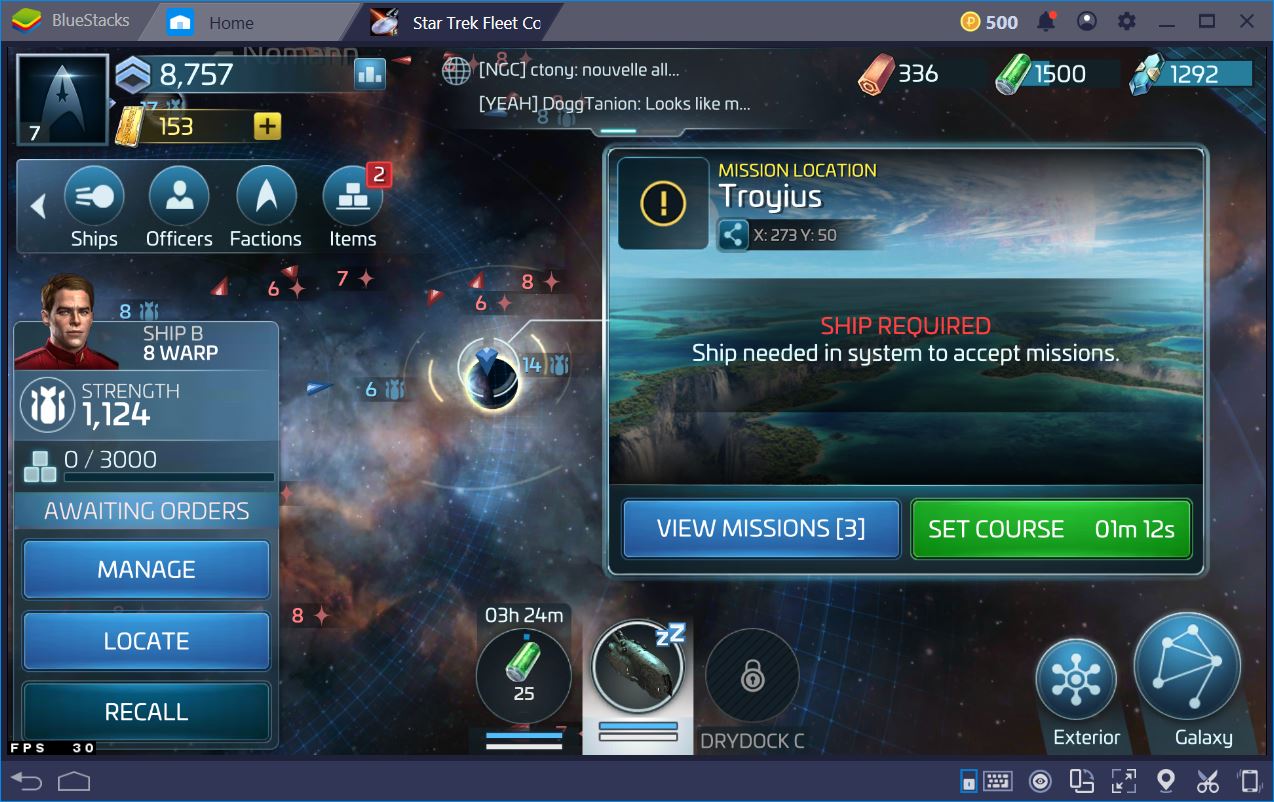
We strongly suggest you explore all the nearby systems that are either your level or 1, 2 levels higher than you. Aside from giving immense amounts of resources, these tasks often overlap. This allows you to maximize your farming time by doing the task that is required by each of them just once. All you have to do is make sure to pick them up before completing the quest. For instance, now we have three separate tritanium mining quests that each give 2400 Parsteel and an Encryption Key.
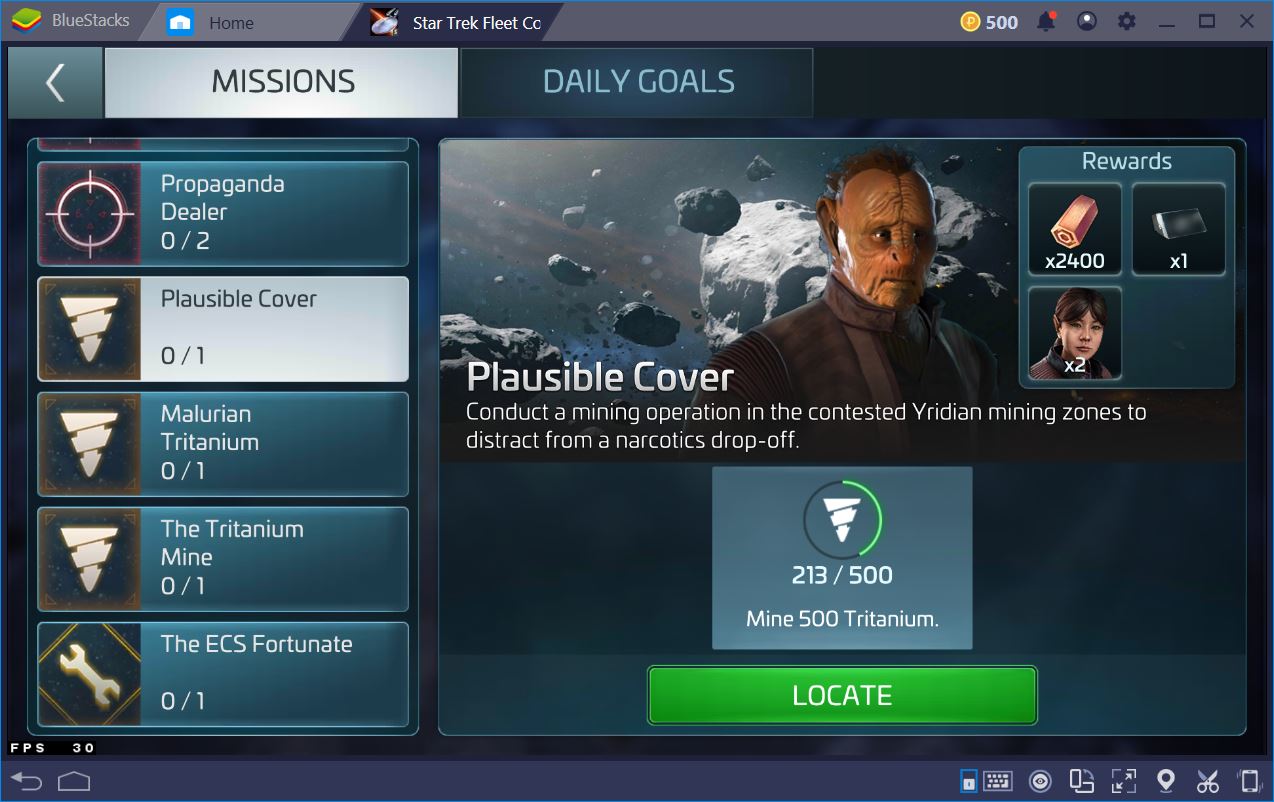
Play Star Trek Fleet Command on BlueStacks
The Key basically guarantees you’ll have at least one follow-up quest. In addition, two of them give us recruitment tokens. Sometimes, it can happen that the main quest can also demand coinciding requirements. For example, the main quest asks us to destroy 6 hostiles that are level 6 or higher, the combat training line demands 5 hostiles level 8 or higher, and a side quest is asking us to defeat 5 hostiles in Yridia. We can get all three of them done just by going to Yridia and killing 6 ships that are at least level 8. Three quests, one photon torpedo – so to speak.
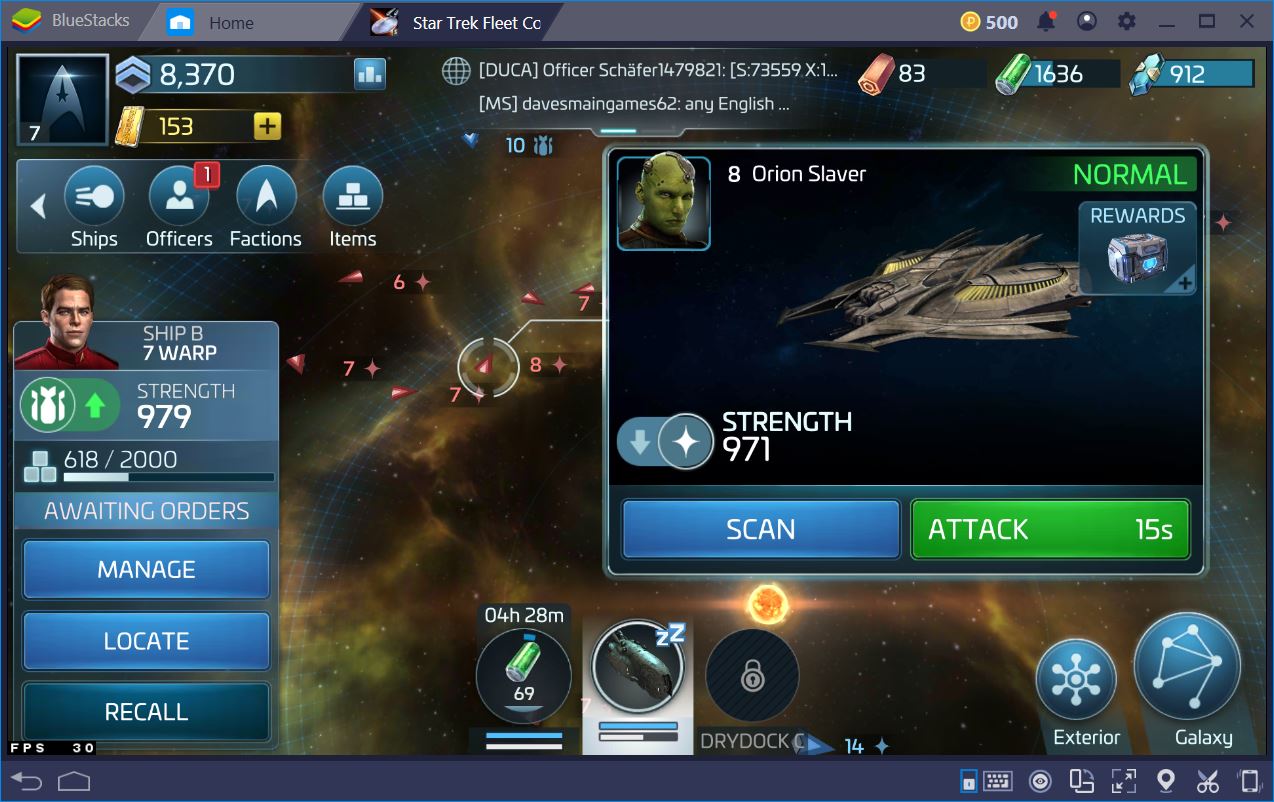
The reason we can do this is because our enemies fit the criteria of all three quests. The only downside is that you have to explore your surroundings a bit and find the missions yourself. We’d argue that exploration should be one of your first priorities as a Starfleet officer, Romulan agent, or Klingon warrior. Because we were playing Star Trek Fleet Command on BlueStacks, we had no difficulties in easily exploring the map in a record amount of time. Loading screens for exploring systems were almost instant.
Finding the Best Place to Relocate
Relocating might not seem like such a big deal when you start the game, but as you progress through the levels a little bit, you’ll start to notice the scarcity of resources around you. The main reason for this is that beginner players are clumped up in very populated zones. Take a look at the initial cluster of space stations we were part of. It was a mess!
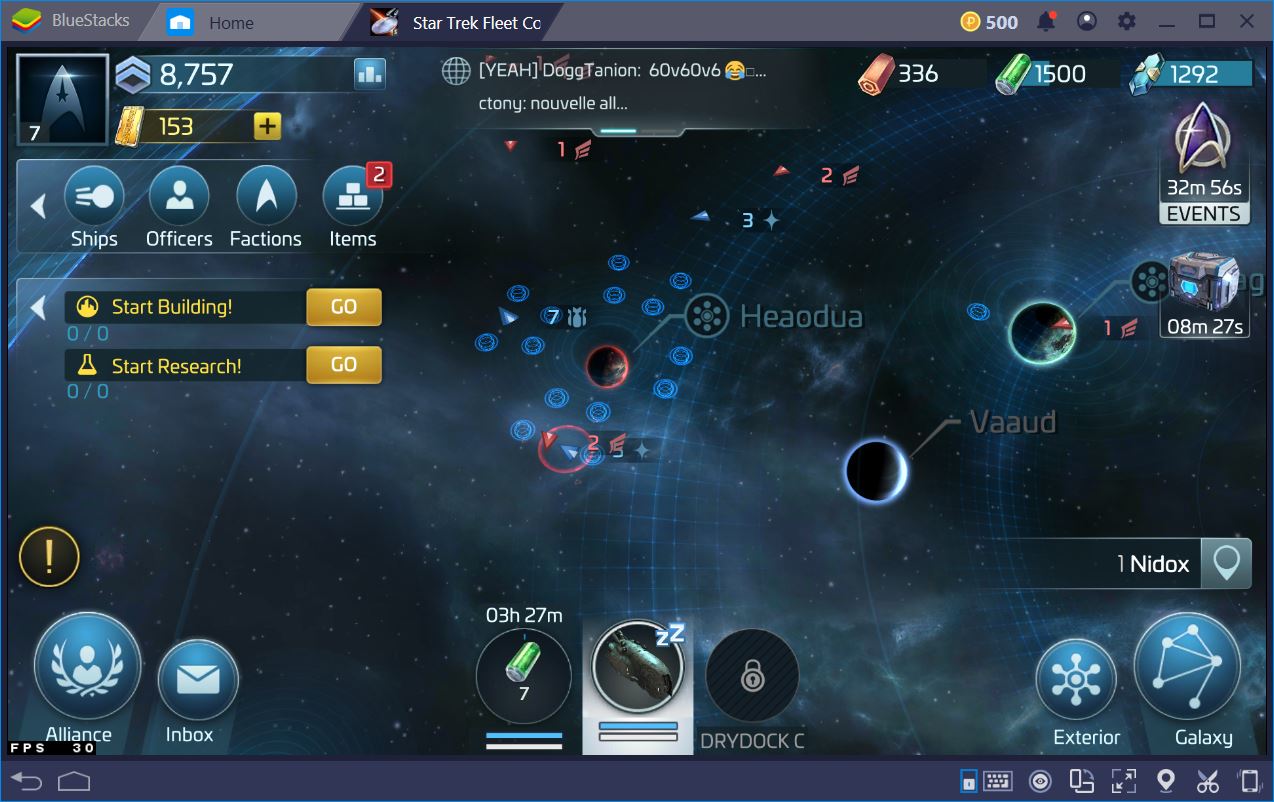
As soon as you reach level 6, the main storyline will ask you to find a more suitable place for your space station. Hooray! To relocate, you’ll need a special Relocate Token, which you can acquire from the Alliance shop. The bad news is that you only get three of these to begin with and getting more is going to take a while. This means that you need to be very careful with your choice of home system. We recommend you select one that is not fully inhabited, and that is close to either dilithium or tritanium deposits. You’ll need an abundance of both in the early game.
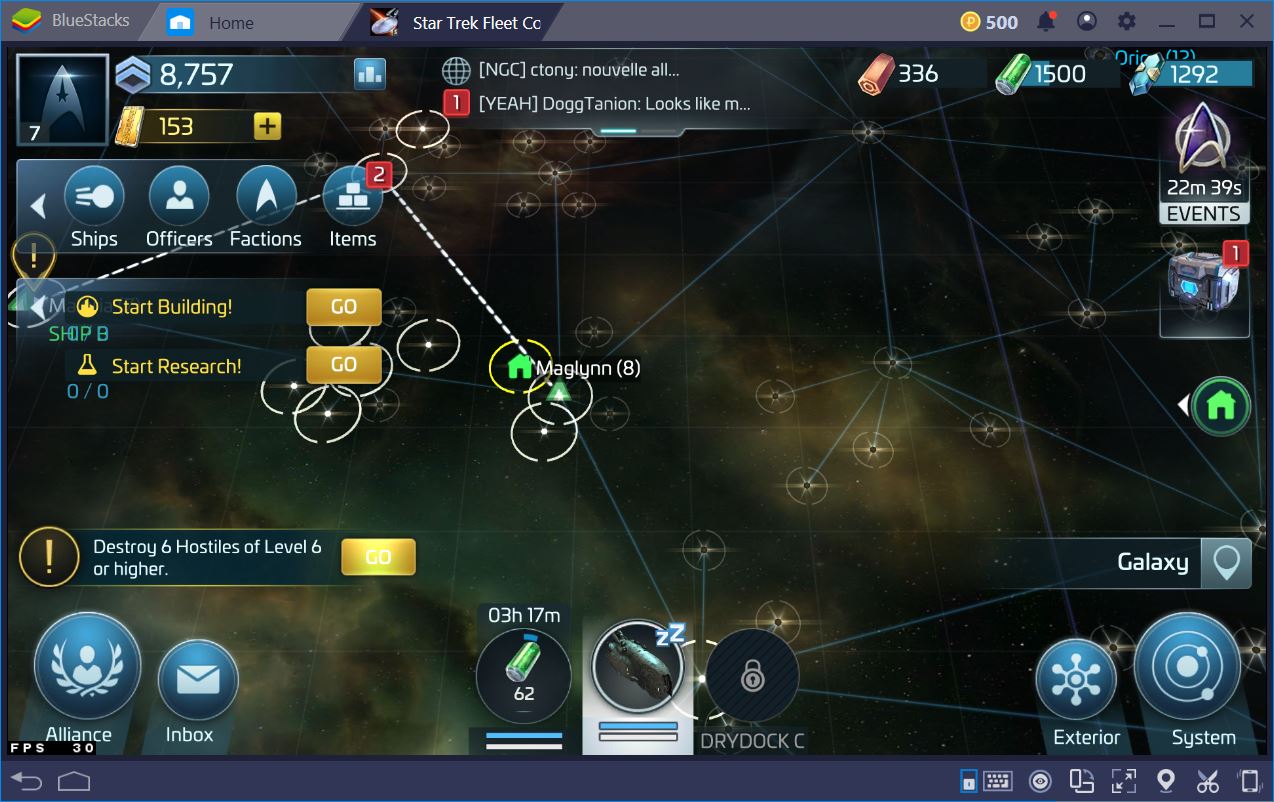
Keep Your Friends Close
We decided to move to Maglynn, as the nearby Suilneimhe had a lot of tritanium nodes that hadn’t been cleared just yet. The players around Maglynn were also fairly low level, in the range of 15 to 20, which meant they had a hard time attacking us if they decided to do so. This is important because higher levels will have no trouble taking the resources you so diligently struggled to amass.
Feeling ready to take on the universe of STFC? Just remember that, despite your best intentions, there will always be someone looking to make a quick resource hunt out of your hard-mined ore. Particularly when you’re up against strong foes, the best tactics is to approach them with even stronger allies.

